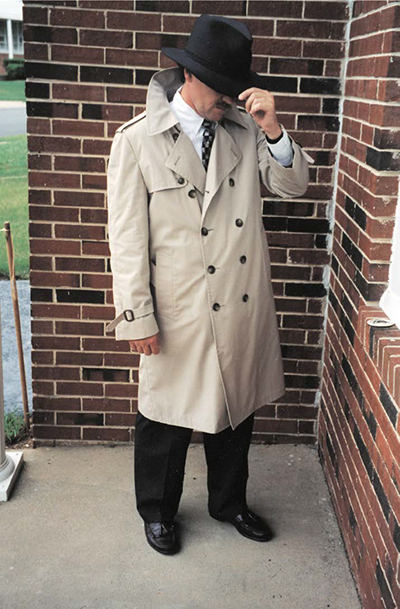What Price Reliability?

You might not have noticed, but… reliability don’t come cheap.
But fact is, if you’re looking to protect against the unplanned, leaving nothin’ to chance, you’d better be prepared to spend a bundle. When you’re in the business of pleasing your viewers, it’s the cost of doin’ business… it’s the viewer’s minimum expectation.
Seems to me, though, that I’ve been hearin’ about a boatload o’ un-reliability lately. Signal failures rarely make the headlines… so it’s got me thinkin’. Which is dangerous.
DEAD AIR, NO WAY
In the old live-broadcast world, used to be that the worst imaginable crime would be an on-air failure… missing picture, sound or carrier on a broadcast television channel was considered sacrilege, and many a brother technician was banished to the transmitter shack after ruining the denouement of some network potboiler.
To that end, we’d go to Great Lengths to prevent that kind of disaster. And Great Lengths, as anyone knows, can only be reached via Great Sums of Money. Duplicate sync generators fed an automatic switchover device; expensive alarm systems detected darkness, silence and absence of RF. Dual $75,000 VTRs rolled identical copies of network shows, standing ready just in case Halley’s Comet made a U-turn in space and returned to obliterate the on-air playback deck.
When NBC made the bold decision to ship individual camera feeds from the 1996 Atlanta Olympics back to a switcher in 30 Rock, they threw truckloads of money at redundant signal paths—a self-healing SONET ring— transmission complexity never before seen, nor previously paid for.
And even today, when live broadcasts originate outside the studio, “bulletproof” is the buzzword. Remember the Super Bowl blackout? Network execs sure do. Awards shows, golf tournaments, the final rounds of “America’s Got Talent”… each event duplicates the available land power with a substation’s worth o’ amperage from massive generators. Because an on-air power failure has that N’awlins juju: Big n’ Easy.
The professional video industry's #1 source for news, trends and product and tech information. Sign up below.
The take-home: Wanna sleep at night? Just buy doubles. Fully redundant… everything. And it’s worth every penny; who says money can’t buy happiness?
VIRTUALLY INSECURE
But what about reliability in the age of IPTV? Seems easy as pie… hey, they’re just bits! The guys down in IT have it licked, or so they tell me; it’s supposed to be so much easier when you’re just doing the data thing.
If that’s true, though, somebody got some ‘splainin to do. Because the land of digitally delivered TV—that next great wave that’s s’posed to wash us out to sea—has seen a pile o’ fail lately. The recent Metropolitan Opera live-to- movie-theaters broadcast of “Werther ” got really, really quiet for the last seven minutes of the performance, I hear. (Spoiler alert: He croaks, and little kids sing Christmas carols. The end.) Now that musta been a pretty sight… enraged opera buffs stormin’ the popcorn stand at the local multiplex, burning their librettos.
HBO’s Interweb outlet, HBO Go, blew a fuse when too many fans watched the finale of “True Detective.” Just look at those words: “too many fans.” Is there such a thing? Apparently so. Extra viewers never crashed a TV transmitter, as far as Nellie the Neuron can remember.
And don’t even start on the woes of Netflix and its patented “Thin-and-Spotty” network transmission. Apparently, the ‘Flix is so popular (can you spell “juggernaut”?) that every evening, a full one third of North American internet traffic consists of packetized episodes of “Orange Is the New Black” and “House of Cards.”
But the odds of watching un-buffered Netflix HD are slim, and there’s a full-out Tong war underway between the Flixxies and their on-demand competitors, who just happen to be the ISP’s who own your broadband service. And like any good thug or highwayman, Kabletown wants to wet its beak in the Netflix birdbath. Where’s the fault… is it in the firmware in the routers, or the wetware in the cable exec’s noggins? Hard to say… and even harder to fix. Using my Reliable Mario method (“throw money at it”) won’t work; whaddya do, duplicate the entire internet?
One thing’s for sure: the natives are restless, and won’t be puttin’ up with this for very long. Starting today, simple reliability is profoundly complicated; it’s technology, it’s politics, it’s power and avarice. In the old world, we knew how to do reliable; but the genie’s out of the bottle, and to retain viewers, we gotta rebuild reliable from the ground up. Get busy.
